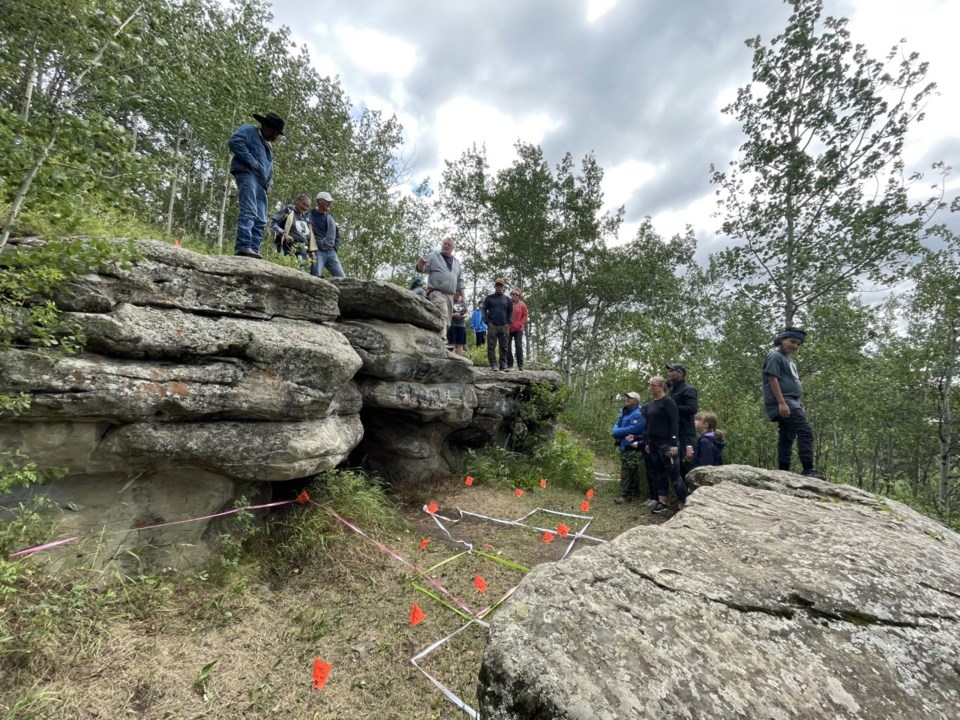Simon Fraser University professor Dr. Jon Driver says he’s proud of the work accomplished at the Tse’K’wa national historic cave site at Charlie Lake over the last 40 years, which will see a new excavation starting next month.
Driver will be visiting Fort St. John from May 24 to May 28 to see the cave, bookending a major piece of his early years in the field of archaeology. He says a visit with one of the stakeholder First Nations, Doig River, has already been scheduled for his return to the Peace.
“There’s still a ton of work that could be done on the material that we excavated 30 years ago, and particularly because archaeologists are coming up with new techniques and methods all the time,” said Driver. “The fact that we can extract fragments of DNA from little tiny pieces of bone, it gives a whole new insight, particularly into the animals that were living here.”
Driver is in his last year at SFU before retiring, and in the midst of finalizing all the studies that have been done on the cave, in addition to ensuring all of materials from the site have been properly catalogued for future generations.
“We’re laying the groundwork for it to be a long term resource, both for the First Nations communities and the heritage society, and also for future researchers,” said Driver, noting the materials will be returned to Charlie Lake once the Tse’K’wa Heritage Society establishes its new cultural centre.

Driver was one of the first archaeologists to work on the site, invited by Dr. Knut Fladmark in 1983 when he had just joined SFU’s archaeology department, and lending his expertise as a research specialist in bones.
“The site turned into a much more exciting archaeological site, because of how old it was, and also really unusual in that it had bones preserved,” said Driver. “There’s been hundreds of archaeological sites excavated in the Peace River region, and most of them have no bone in them because the soil is very acidic.”
“So, to find a site that had bone preserved all the back to 12,000 years old is really unusual. There are hardly any sites in Canada that old with bone preserved.”
Driver returned in 1990 and 1991 for additional excavations with Fladmark, uncovering two raven burials. It’s likely that the site held spiritual significance to the First Nations living here, in addition to be used as a food cache, said Driver, noting ravens exhibit many behaviours similar to people and are therefore easy to humanize and identify with.
“The raven is an incredible symbol in so many different cultures. Almost anywhere that you find ravens across the world, you will find that people believe they have a special relationship with that bird,” he said. “And it is not just an indigenous or First Nations’ belief, you find very interesting connections between people and ravens, wherever they live.”
He added that after glaciers receded from an ice age, grasslands formed around the cave, with now extinct species of animals migrating to the region. A boreal forest soon took the place of the grasslands, said Driver, while modern animals of the Peace Region emerged.
“What we are now showing is that the animals were moving into the Peace River from the south,” said Driver. “Animals like bison, various kinds of hares, and little ground squirrels, these are moving from areas like Southern Alberta and Saskatchewan, and people were coming up with them too.”
Tom Summer, Alaska Highway News, Local Journalism Initiative. Email Tom at [email protected]



